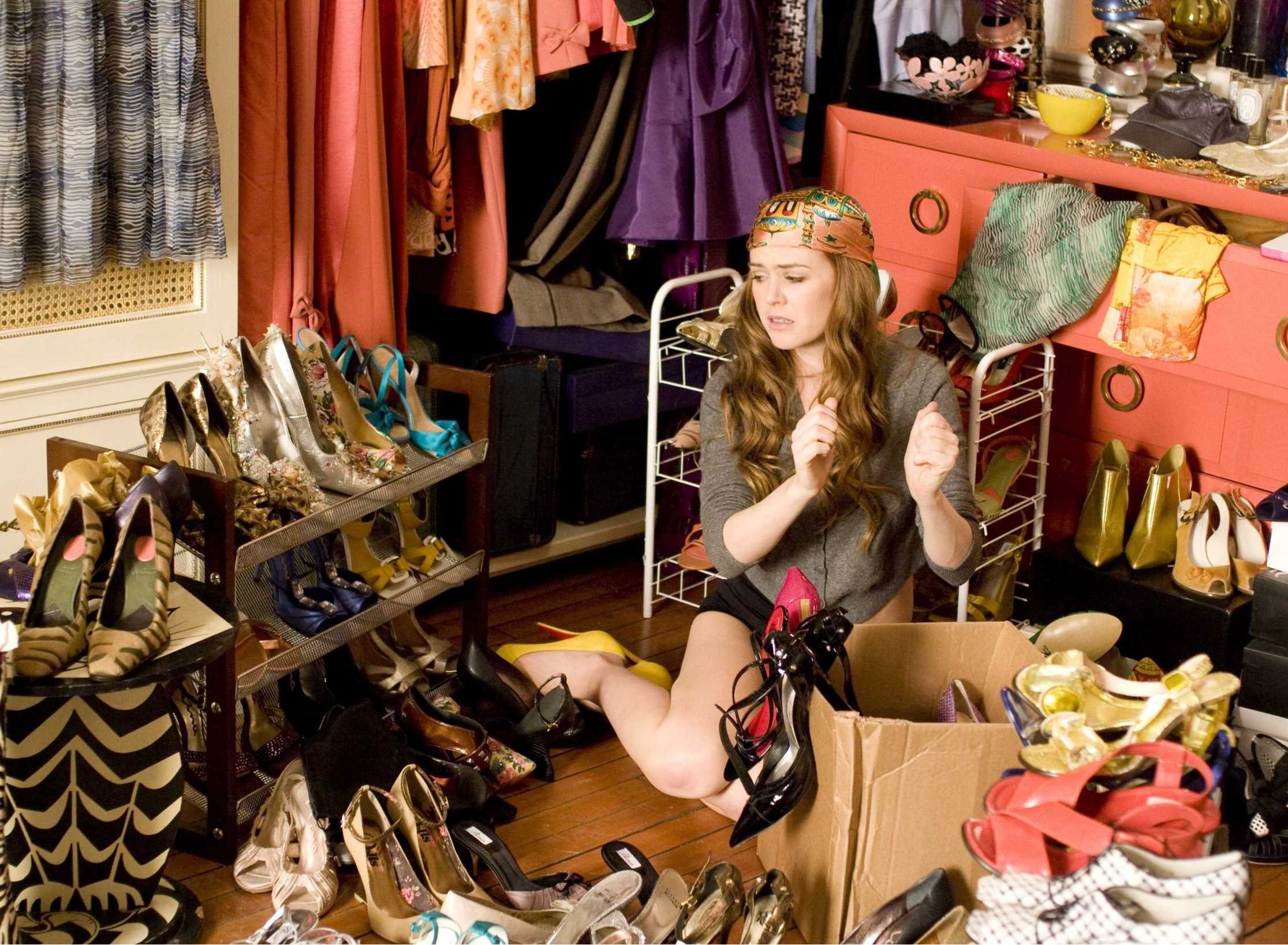
By Sara Erickson
Rent, Return, Repeat
The Rise of Subscription-Based Fashion
Subscription-based fashion services are gaining popularity in the fashion industry, from Stitch Fix’s personalized style boxes to Rent the Runway’s luxury loans. Subscription fashion models generally come in three forms: rental services for luxury items, clothing boxes with curated pieces and more personalized styling based on consumer preferences. Market research shows these subscription-based fashion models are reshaping how consumers approach their closets by offering a dynamic alternative to traditional retail shopping.
Increasingly narrowing trend cycles make popular designer purchases more costly as they fall out of fashion, discouraging customers from investing in expensive designer purchases. Luxury rentals provide an alternative for consumers, striking a balance between high-end fashion, practicality and an efficient cost-per-wear tradeoff. With services like Rent the Runway and Nuuly, subscribers can access pieces they might only wear once or twice without the waste. This push from ownership to access signals a larger trend in consumer behavior, where flexibility and variety may take precedence over permanence.
Another appealing aspect of subscription-based fashion services is their potential contribution to sustainability efforts. Rental and reuse models help mitigate waste by extending the typical lifecycle of garments and reducing the frequency of “single-use” purchases consumers may make for special occasions. Despite these advantages, the impact is nuanced; the repeated shipping, packaging and dry-cleaning demanded by rental services can offset environmental gains. Nevertheless, the overall business model supports the circular fashion economy, and a disruption of the buy-wear-dispose cycle.
The personalization aspect of some subscription services is another significant draw for consumers. Stitch Fix and Trunk Club are both companies that have implemented artificial intelligence and data analytics to tailor their garment selections to customer preferences. Using a database of their size, style and search history, they create a unique individualized shopping experience for their subscribers. This increased personalization may also have a positive impact on circular fashion by reducing the likelihood of returns through data-driven recommendations.
These services have resonated particularly strongly with millennials and Gen Z consumers, who trend towards valuing experiences over possessions. Subscription fashion models appeal to their interest in variety and novelty, allowing them to play with their personal style without long-term commitment. This model fits into the broader “experience economy,” where consumers increasingly prioritize spending on products that provide unique experiences rather than simply fulfilling a functional need.
Subscription-based fashion services will likely experience even more technological advancements in the near future. Companies have already begun experimenting with new tools such as virtual fitting rooms, augmented reality and even personal AI-powered stylists to help address fit challenges — one of the largest drawbacks of online retail services.
Rental subscriptions are a stepping stone towards a more dynamic, sustainable and individual approach to style. As they evolve, these services can help redefine not only how we shop, but also how we, as consumers, value and experience fashion.
